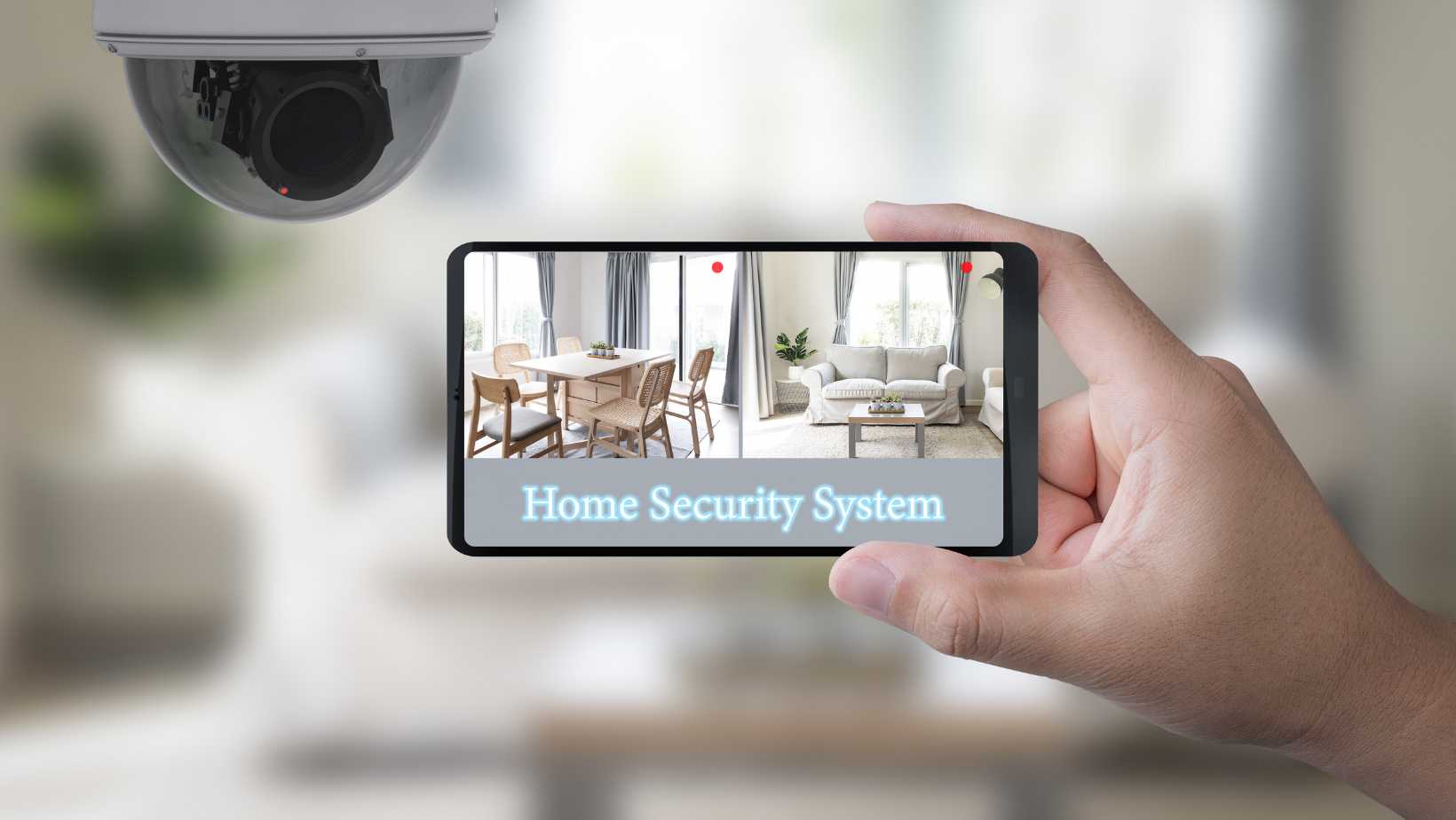
Actuators in Security Systems: Enhancing Access Control And Surveillance

Security systems have always been critical for the protection of homes and businesses. Technology keeps advancing, so these systems are no longer simple locks and alarms. Today, security systems are sophisticated networks that combine surveillance and access control.
One key player in this transformation is the actuator. These devices are present in many automated features security systems rely on. However, people often say little about them.
Here, we’ll analyze the impressive role electric actuators play in enhancing modern security systems. Access control and surveillance are the two main areas we’ll focus on.
Role of Actuators in Access Control
Regarding access control, actuators have several applications. Check out the most notable ones below:
Automated Gates And Barriers
Actuators are one reason many automated gates and barriers operate securely. In other words, they ensure that only authorized vehicles and individuals gain entry to certain areas. Besides controlling access, some smart motion devices feature timers. Hence, you can set them to operate automatically at specific hours. With that, the security system becomes flexible and consistent.
Biometric And Card Access Systems
Traditional lock and key mechanisms are seeing fewer and fewer applications. In their place, you see advanced biometric and card access systems. Within these systems, actuators perform their work silently. Consider when a user passes the authentication process — by fingerprint, retina scan, or a card. It’s the actuator that activates and unlocks the door or other barrier. Hence, these systems don’t just streamline entry; they also help maintain a digital log. For top companies, this adds an extra layer of security through recorded access history.
Elevator And Door Control Systems
Multi-story buildings demand a high-security level. They feature elevators, and these lifts often require authentication. Most options work with a card swipe or biometric verification. Actuators are present in these systems, too, and they ensure the doors remain locked until proper verification.
Actuators in Surveillance Equipment
Modern security relies not only on visibility but also on adaptability. That’s because threats are becoming more sophisticated, so security equipment also needs to evolve. We see actuators helping to actualize that in several areas, as noted below.
Pan, Tilt, And Zoom (PTZ) Cameras
PTZ Cameras introduced a significant advancement in surveillance technology. Unlike static options, these cameras can adjust to accommodate a wider field of view. Thanks to actuators, the lenses can move with high precision. They allow them to pan horizontally, tilt vertically, and zoom in or out on target areas. With that, detailed surveillance is sure.
Automated Motion Tracking Systems
Beyond manual controls, advanced surveillance cameras automatically track movements. When these lenses detect motion, actuators ensure they can accurately follow the moving object. Continuous monitoring, that’s the result.
Retractable or Hidden Surveillance Equipment
Quality surveillance requires some sort of secrecy. As a result, some areas require equipment that isn’t always in plain view. It’s another major application for actuators. The motion devices allow cameras and other security devices to retract based on certain triggers or controls. Likewise, they make them emerge from hidden locations.
Integration With Modern Technology
To recognize just how actuator-driven security systems sync with technological advancements, motion devices integrate with some of the latest innovations. Check them out below.
IoT And Actuator-Driven Security Systems
The Internet of Things (IoT) allows devices to communicate with each other, which means a seamless flow of information. Here, regarding security, actuators integrate with sensors and cameras to enable real-time reactions.

Suppose a sensor detects an unauthorized entry, for instance. Then, the actuator can instantly lock a door or trigger an alarm, based on design.
AI-Powered Predictive Security Measures
Artificial Intelligence is transforming how security systems predict and respond to threats. It analyzes big data to perform. With that, AI can predict potential security breaches and act independently.
However, the tech doesn’t work independently in such applications, as it relies on actuators. So, while the AI does the analysis, the motion devices enforce the movement. Overall, it guarantees proactive protection.
Cloud Storage And Actuator Command Through Remote Access
The advent of cloud technology added a new dimension to security systems. Now, it doesn’t end at storing data. Cloud systems let users remotely command actuators to perform tasks like locking doors or adjusting camera angles.
The above operation allows top-notch remote access capability. It ensures people can control their security infrastructure from anywhere. So, actuators merging with modern technology makes security more dynamic, proactive, and user-friendly.
Other Applications of Actuators in Security Systems
We’ve measured how actuators perform in access control and surveillance. However, that’s not where their capacity ends. Actuators are also taking on roles in many other facets of security. Let’s discuss some of the most significant ones:

- Alarm Systems: Traditional alarm systems predominantly rely on sensors to detect breaches. Actuators can play a pivotal role here. For instance, when an alarm goes off, the motion devices can initiate countermeasures. It could be shutting vent systems to prevent smoke or gas spread. Or perhaps automatically sealing off sensitive areas.
- Fire Suppression: In places where there’s a high fire risk, actuators can help optimize suppression systems. Upon detecting an outbreak or excessive heat, the motion devices can trigger protective devices. Options like water sprays, open vents, and fire-retardant foams can activate automatically.
- Emergency Lockdown Procedures: Consider high-security zones susceptible to threats. Actuators can help execute rapid lockdown procedures via programming. This can involve sealing off exits and deploying barriers. The devices can also initiate other emergency protocols to ensure safety.
- Physical Security Checks: Some advanced security setups employ actuator-driven robots to conduct checks. Drones also help here for patrolling. These can help ensure security in areas where human access is challenging.
Actuators put their versatility on display with these other applications. They prove to be indispensable in the constantly changing domain of security. Thanks to their adaptability and efficiency, security systems can become more comprehensive with protection.
Conclusion
Advanced technologies have brought about more security innovations. With actuators in the mix, these security systems are now a lot more reliable. The motion device enhances access control and surveillance in different ways. As discussed in the article, besides access control and surveillance, there are still other key applications. Without a doubt, actuators will play more roles in security as technology progresses.



















































































